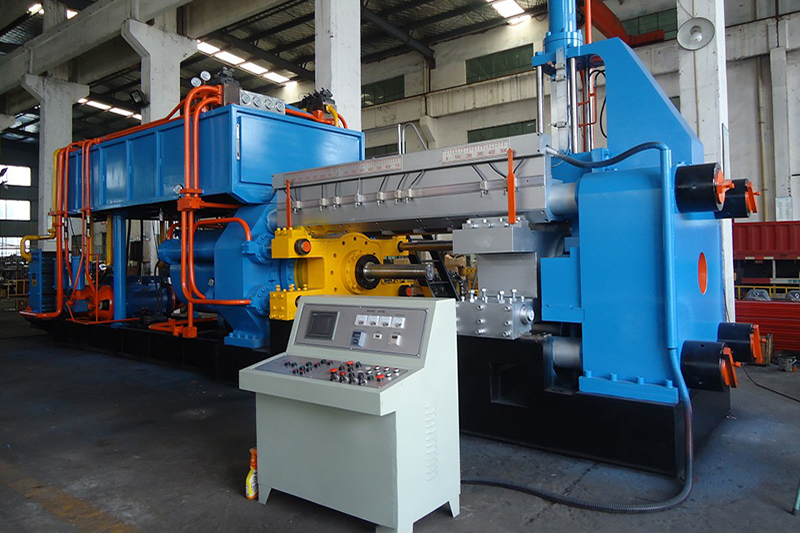Common Faults and Solutions of Aluminum Profile Extruders
Aluminum profile extruders play a vital role in the production of precision profiles. However, during operation, various faults may arise due to electrical, mechanical, or material-related issues. Understanding the fault symptoms, identifying root causes, and applying the correct solutions are essential to ensure stable operation and consistent product quality.
Motor and Transmission Faults
A common issue is when the main motor fails to start or stops instantly after activation. This is often due to a poor power connection, insufficient heating time, or a malfunctioning heater in one of the zones, leading to excessive torque and motor overload. Sometimes, although the main motor operates, the screw does not rotate. This typically results from mechanical problems such as a loose or slipping belt, or a fault in the gearbox.
Material Feeding and Extrusion Issues
In some cases, the screw rotates and shows speed, yet no material is extruded. This may be due to an empty hopper, foreign objects blocking the feed port, or a "bridge" formed by poor-flowing material. Additionally, hard objects like metal parts can block the screw groove. Excessive material viscosity caused by overheating or poor screw cooling can also prevent extrusion. Voltage instability, inverter fluctuations, worn screws, and screw slippage further disrupt the process.
Dirt or contamination in the extruded product usually points to unclean raw materials or carbon buildup on the screw. Prolonged operation without cleaning can degrade product quality and damage equipment. Power fluctuations, unstable torque, or damaged motor bearings may lead to abnormal vibration and extrusion inconsistencies.
Troubleshooting and Preventive Measures
To resolve these issues, start by checking the motor’s power connection and confirming that all heaters are working. Ensure sufficient preheating time and replace any damaged heaters with proper wiring. For mechanical faults, adjust the pulley distance, tighten belts, and repair or replace the gearbox as needed.
Ensure the hopper is filled, and remove any foreign objects from the feed port. Prevent material bridging by lowering the feed zone temperature. If a blockage occurs, stop the machine, disassemble the screw, and clear any obstruction. Check the screw cooling system to avoid excessive internal temperatures. For worn or damaged screws, replacement may be necessary.
If slippage or poor extrusion is caused by material properties, modify the formulation or adjust the extrusion temperature accordingly. Materials like PP may require specific handling or additives. In cases of contamination, minor residue can be cleaned by extrusion using a screw cleaner. Severe buildup requires disassembling and manual cleaning of the screw.
Routine maintenance is crucial. Lubricate or replace worn motor bearings, and inspect the control system for stability. Monitor temperature control closely by checking the installation and accuracy of thermocouples, and replace faulty sensors when needed.
Welcome to order from us — we offer high-performance aluminum extrusion equipment, expert technical support, and reliable after-sales service to help you maintain smooth and efficient production.



